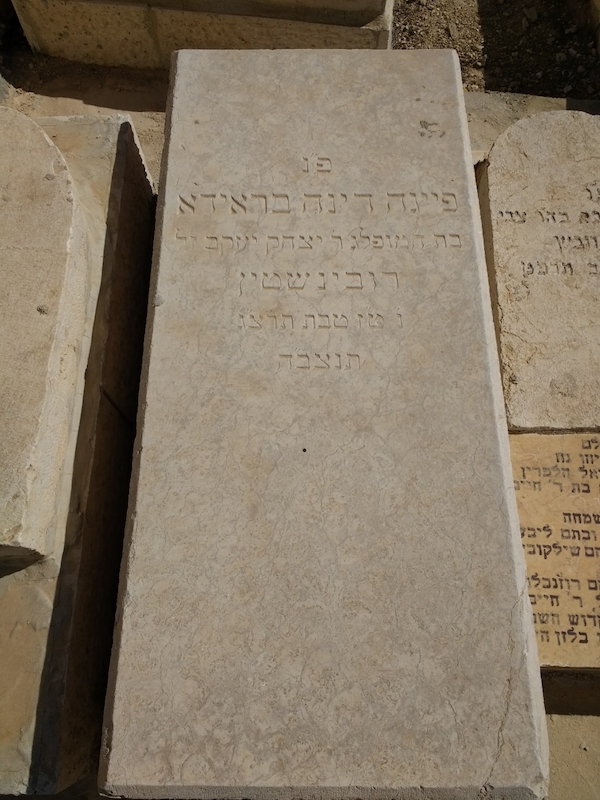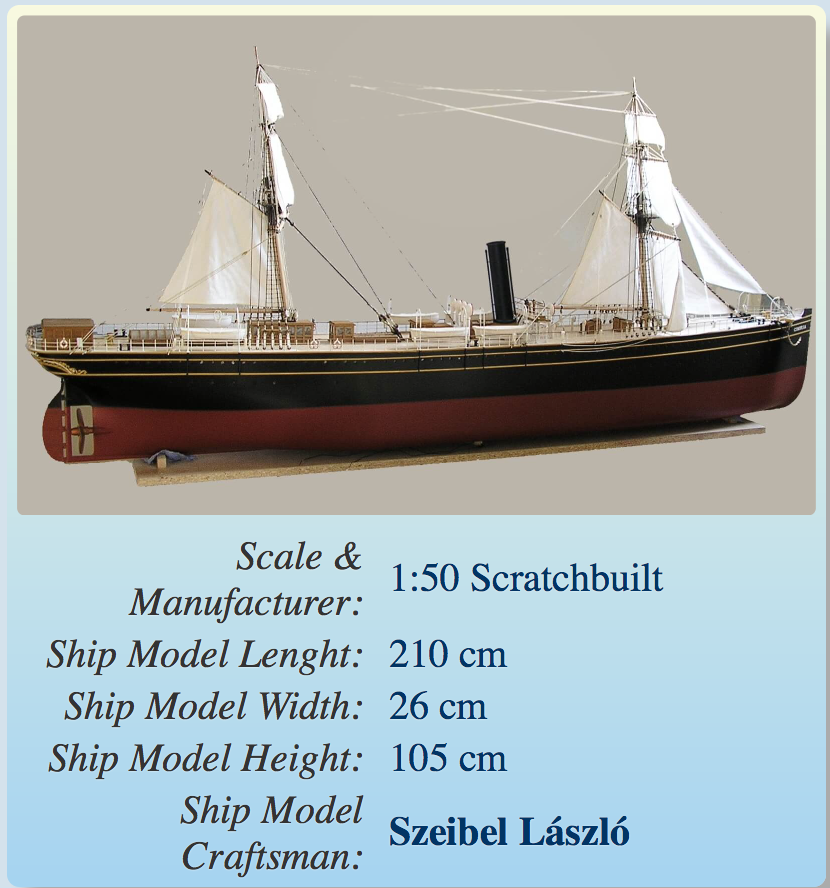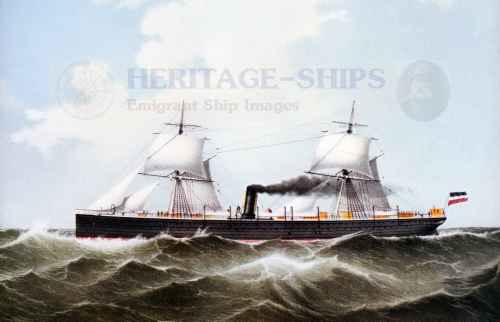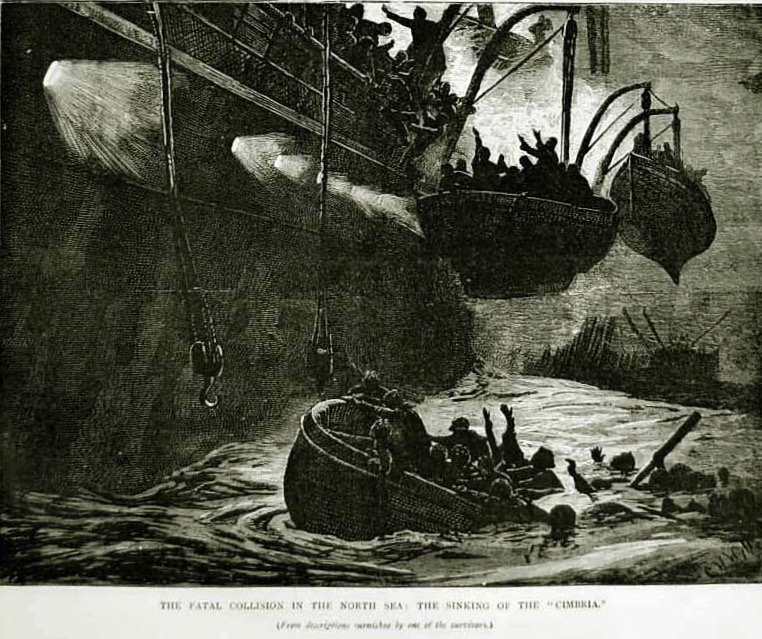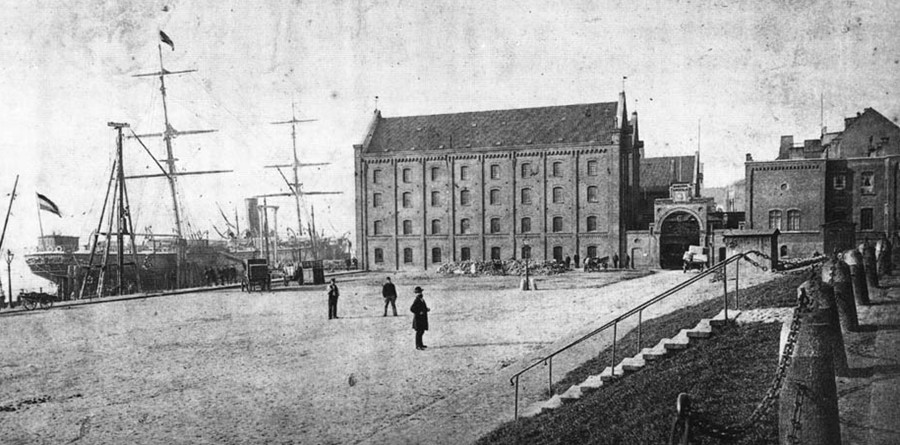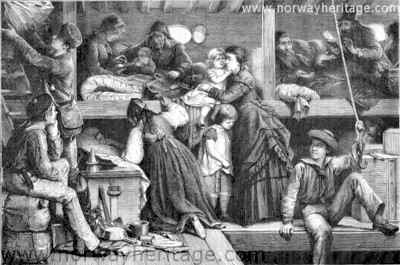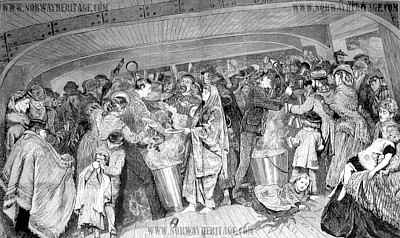John Zelig Broida and Fannie Rubenstein Broida in Tel Aviv
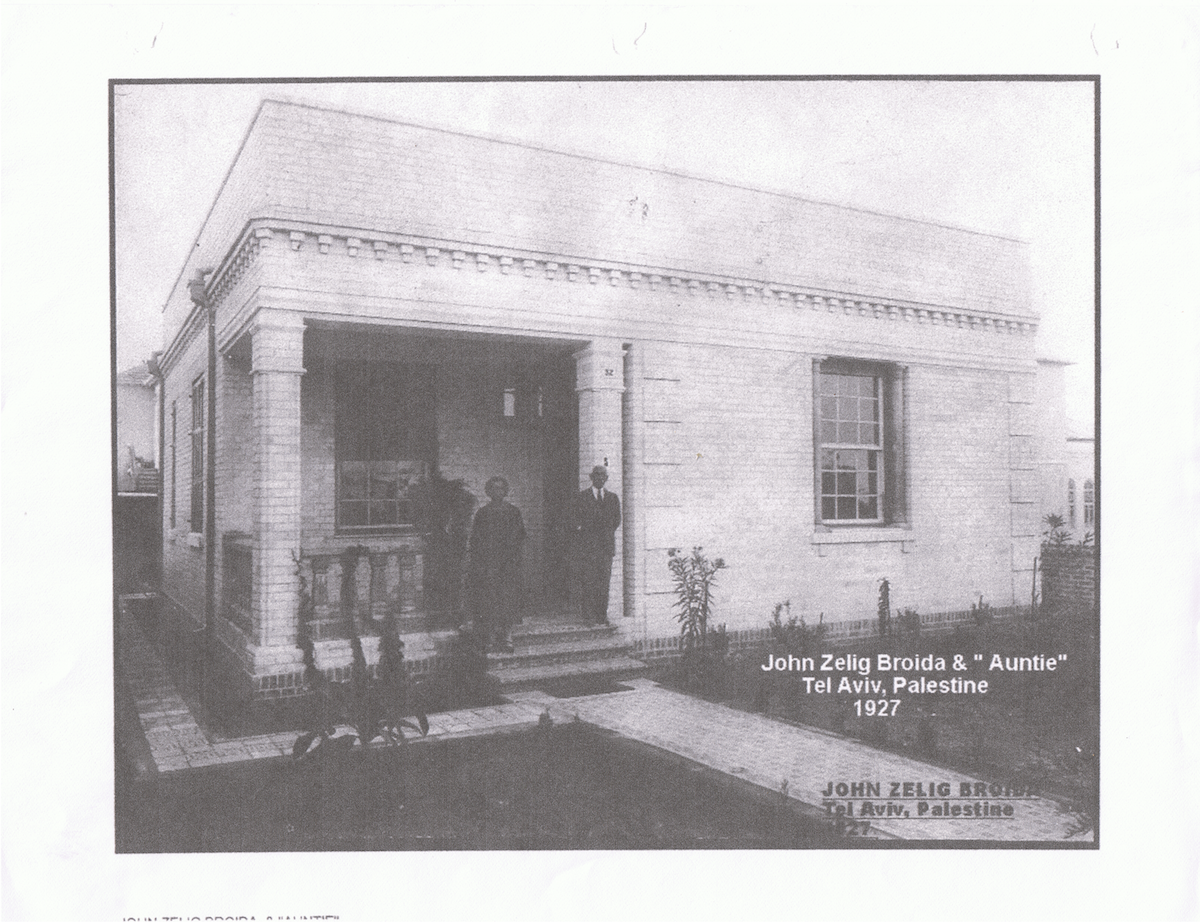
Broida Family
John Zelig Jacob Broida was born in Eišiškės, Lithuania, around March, 1857. He was the first of the Karklinsky family to immigrate to the United States, sometime during 1874-1875. We are not sure if he arrived in New York or Pennsylvania, but he changed the family name to “Broida.” (It was not changed at Ellis Island by officials- Ellis Island had not yet been built, he is not listed at its predecessor Castle Garden, and the family story is that John chose ‘Broida’ himself.) John may have lived in New York for a while and worked as a ‘rag picker,’ collecting and possibly processing the rags before selling them to a company. He moved on and settled in the Pittsburgh PA area. We don’t know if he married his first wife, Sarah Gitel Frank, in New York or in Pittsburgh, as we have not found any marriage license, but they married sometime probably in 1881. She too was born in Lithuania (around Nov 1859), and we do not know if the two knew each other in Lithuania, if it was an arranged marriage, or if John and Gitel met in New York or Pittsburgh. We think we have found Gitel’s immigration and arrival to the US on 13 July 1881 in New York, so the marriage would have been after this time, since she traveled under her maiden name, but before the birth of their first surviving son, Joseph Jacob Broida, who was born 15 May 1882 in Pittsburgh.
John’s ‘rag’ business was stepped up in Pittsburgh, because he became a “jobber of notions” and then dry goods. He eventually sold “men’s furnishings”- including fine men’s clothing, a profession followed by a number of his sons. John and Gitel had 7 sons who survived into adulthood, plus one son and two other children who did not survive their infancy or young childhood. (If the 1890 US Federal Census had survived, we might know more about these children.)
Gitel succumbed to tuberculosis in 1901, and the children went to live with relatives, some in other cities such as St. Louis, around the time of her death. On 14 April 1904, John applied for a marriage license in Jefferson County, Ohio, (about 45 miles west of Pittsburgh) to Fannie Robinstein/Rubenstein; she had previously been married to Jacob Cohen and they had a daughter, Ethel (1892-1973). Upon the marriage the Broida household finally added a girl, this daughter Ethel, to the household, and some of the sons may have come back to live with John and Fannie, since the youngest was just seven at the marriage.
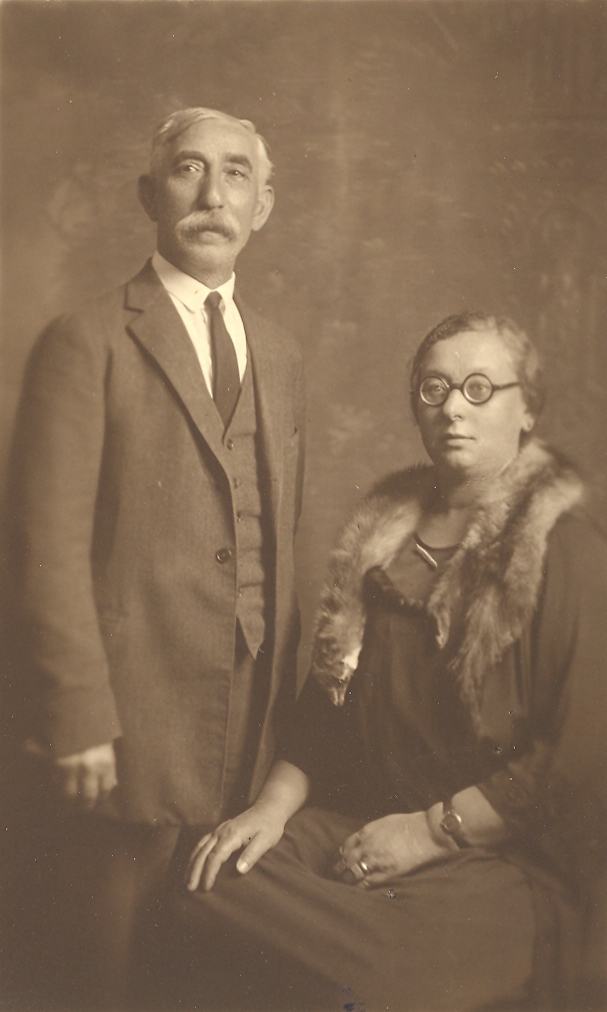
John’s granddaughter, Gertrude Broida Cooper, stated that he always spoke with a thick accent. John yearned to be a part of the new state of Palestine, to be with his own people. The last record we have of John as a resident in the US is a St. Louis, Missouri City Directory for 1917. John and Fannie emigrated to Palestine in September of 1920. John was 63 that year, and starting over- again. Fannie was 46.
We recently ‘found’ the above wonderful image of John and “Auntie”- most probably Fannie Rubenstein Cohen Broida- taken in 1927 in Tel Aviv. It suggests that she was called “Auntie” by John’s sons, although we do not know who labeled the photograph. This is a poor, older photocopy of the actual photo, so we would be very interested in getting a good scan of this photo if anyone out there reading has an actual photo, or a better photocopy. (Please contact us!)
John returned for a visit to the US on 10 June 1930, arriving from Jaffa, Palestine, on the ship Alesia. He appeared to be traveling alone, as we find no mention of Fannie on that passenger list. (Maybe they could not afford passage for two? Or was she ill so stayed in Palestine? She died on 14 Jan 1933.) The famous-within-the-family ‘seven brothers’ photo was taken on John’s U.S. visit.
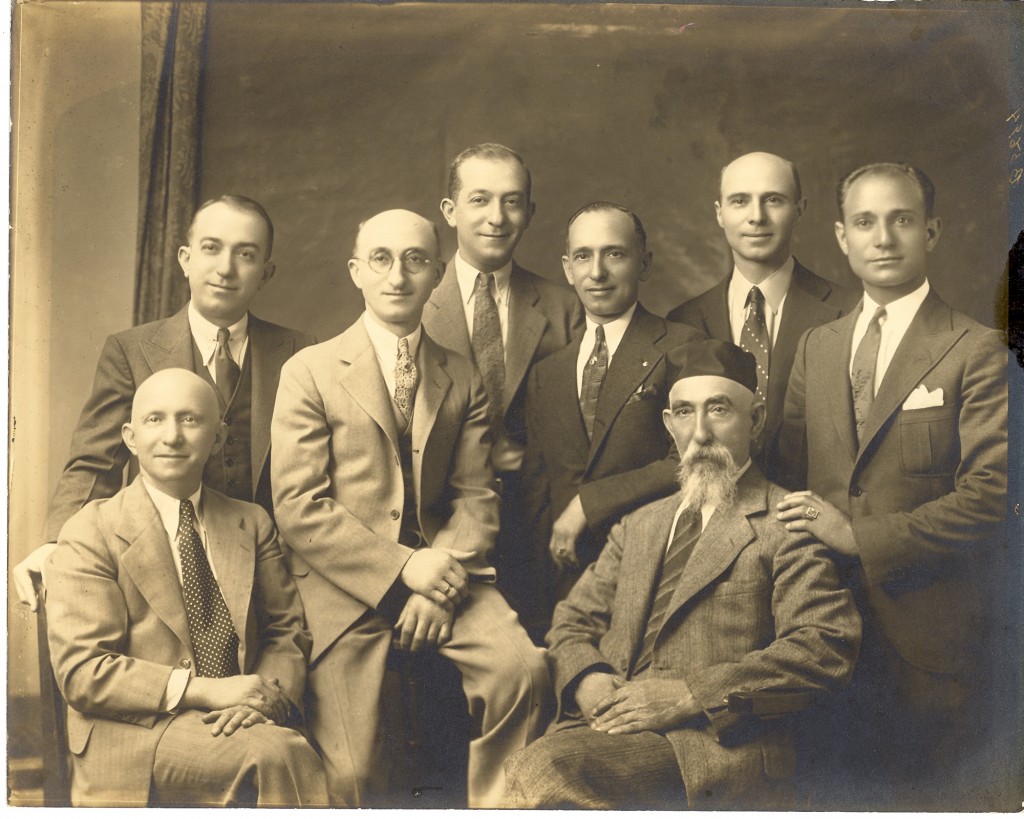
John returned to Palestine and Fannie. She died in 1933, and he on 9 Nov 1938. Both are buried in Israel’s Mount of Olives Cemetery, not far from each other.
Notes, Sources, and References:
- Thank you to the dear aunt who shared this treasure of an image after her pandemic cleaning unearthed it!
- “Tombstone Tuesday: Fannie & John Broida”
https://heritageramblings.net/2019/02/12/tombstone-tuesday-fannie-john-broida/ - Many other Heritage Ramblings posts tell the stories of John, Gitel, and Fannie Broida and their children. You can use the search box on the left side of the website to learn more. Also, please keep in mind that older posts have not always been updated, so use the more recent posts as the most current data if some is conflicting.
Click to enlarge any image. Please contact us if you would like an image in higher resolution.
We would love to read your thoughts and comments about this post (see form below), and thank you for your time! All comments are moderated, however, due to the high intelligence and persistence of spammers/hackers who really should be putting their smarts to use for the public good instead of spamming our little blog.
